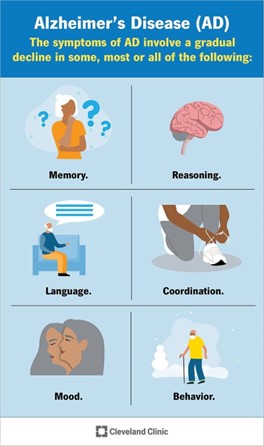A nurse is caring for an older adult client who is postoperative following a total hip arthroplasty. The nurse is preparing to change the client's surgical dressing. Which of the following actions should the nurse take to demonstrate sensitivity to age-related changes?
Ask the client to help with the dressing change
Wait for the client to approach the nurse for assistance
Use paper tape for securing the new dressing
Apply the dressing loosely over the incision
The Correct Answer is D
d. Apply the dressing loosely over the incision.
Explanation:
The correct answer is d. Apply the dressing loosely over the incision.
When caring for an older adult client, it is important for the nurse to be sensitive to age-related changes and promote their comfort and well-being. Applying the dressing loosely over the incision allows for beter circulation and ventilation, which can help prevent complications such as skin breakdown and infection.
Option a is not the correct answer. Asking the client to help with the dressing change may not be appropriate, as postoperative clients, especially older adults, may have limited mobility or dexterity. It is the nurse's responsibility to provide the necessary care and support during the dressing change.
Option b is not the correct answer. Waiting for the client to approach the nurse for assistance may lead to delays in care and could potentially compromise the client's healing process. The nurse should proactively assess the client's needs and provide appropriate care.
Option c is not the correct answer. Using paper tape for securing the new dressing does not specifically address sensitivity to age-related changes. While paper tape may be gentle on the skin, it is not the primary consideration in this situation.
By applying the dressing loosely over the incision, the nurse demonstrates sensitivity to age-related changes and promotes the client's comfort and optimal healing. This approach takes into account the potential for decreased skin elasticity and fragility in older adults, allowing for proper circulation and reducing the risk of complications.
Nursing Test Bank
Naxlex Comprehensive Predictor Exams
Related Questions
Correct Answer is ["A","B","E"]
No explanation
Correct Answer is B
Explanation
b. Give directions using simple phrases.
The correct answer is b. Give directions using simple phrases.
Explanation:
When assisting with the plan of care for a client with Alzheimer's disease, it is important to consider their cognitive impairments and provide appropriate interventions. Giving directions using simple phrases is recommended because it helps the client beter understand and follow instructions. Complex or lengthy directions can be confusing and overwhelming for individuals with Alzheimer's disease. Using clear and concise language can enhance communication and facilitate the client's ability to engage in activities of daily living.
Explanation for the other options:
a. Encourage the client to talk about current events: While social interaction and engagement are beneficial for clients with Alzheimer's disease, their ability to comprehend and discuss current events may be limited due to cognitive impairments. It is important to adapt communication to the client's cognitive abilities and interests.
c. Orient the client to time and place twice per day: Frequent orientation to time and place can be helpful for clients with Alzheimer's disease, but the specific frequency should be based on the individual's needs and preferences. Some individuals may require more frequent orientation, while others may find it overwhelming. The plan of care should be individualized to address the client's specific needs.
d. Rotate assistive personnel to help the client with ADLs: Consistency and familiarity are important for individuals with Alzheimer's disease. Rotating assistive personnel frequently may disrupt the client's routine and cause increased confusion and agitation. Whenever possible, it is best to maintain a consistent caregiving team to provide familiarity and establish a therapeutic relationship with the client.
In summary, giving directions using simple phrases is an appropriate action when assisting with the plan of care for a client with Alzheimer's disease. This approach promotes effective communication and enhances the client's ability to understand and follow instructions.

Whether you are a student looking to ace your exams or a practicing nurse seeking to enhance your expertise , our nursing education contents will empower you with the confidence and competence to make a difference in the lives of patients and become a respected leader in the healthcare field.
Visit Naxlex, invest in your future and unlock endless possibilities with our unparalleled nursing education contents today
Report Wrong Answer on the Current Question
Do you disagree with the answer? If yes, what is your expected answer? Explain.
Kindly be descriptive with the issue you are facing.
